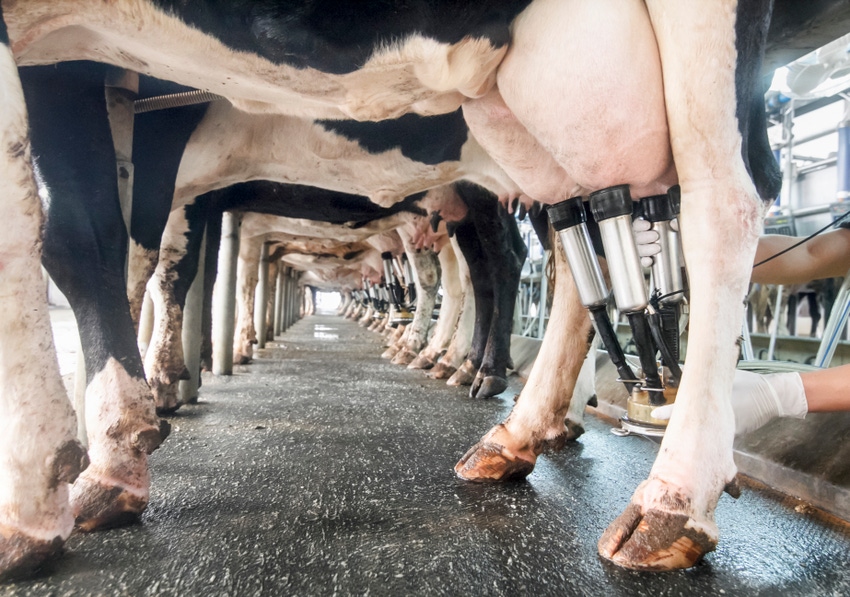Headwinds persist even as global production contracts in major dairy-producing countries.
February 5, 2019

Slowly but surely, global dairy markets are moving into better balance, the U.S. Dairy Export Council (USDEC) said in its latest “Global Dairy Market Outlook.”
According to the report, dairy market conversation for the last three years has been dominated by global milk supply growth and European intervention stocks of milk powder. USDEC’s Alan Levitt and Marc Beck said these twin factors put the U.S. in a buyers’ market and kept a lid on global prices. However, this year has begun under different circumstances.
For the first time since the fourth quarter of 2016, USDEC said most major dairy suppliers won’t have much excess to export. Also for the first time since early 2016, traders are operating in an environment without the overhang of intervention stocks.
As the world’s largest exporter, European Union milk production always has an outsized impact, but numerous challenges have depressed production. Weather led to lower production in Germany and France, while phosphate regulations in the Netherlands also led to lower production. Gains seen in Ireland and Poland were unable to offset the decrease.
USDEC reported that EU-28 deliveries were down about 0.5% in the last five months of 2018.
“We look for output down 1.0-1.5% in the first quarter of the year and expect to see little to no growth for the full year,” Levitt and Beck noted.
The U.S., Australia, Argentina and Uruguay also are seeing contraction in milk production growth.
Headwinds persist
While commodity prices improved in December and early January, USDEC noted that there are still headwinds that could limit further price gains during the first half of 2019:
New Zealand is enjoying a record milk production season in 2018-19.
Pipeline holdings were rebuilt when prices were lower, allowing buyers to be less aggressive as prices improve.
Skim milk powder from intervention hasn’t all been consumed yet; it has merely been moved further along the supply chain.
The Northern Hemisphere spring flush will start to build in the coming weeks.
“When we get past the flush, we could see further tightening, particularly if global demand remains good,” USDEC said.
Source: U.S. Dairy Export Council, which is solely responsible for the information provided and is wholly owned by the source. Informa Business Media and all its subsidiaries are not responsible for any of the content contained in this information asset.
You May Also Like


.png?width=300&auto=webp&quality=80&disable=upscale)
